
Question
Members-
Posts
109 -
Joined
-
Last visited
Everything posted by Question
-
Our plumber has put a tundish (not a dry trap one) next to our unvented cylinder, and it is connected to the waste pipe and we get a smell from the stack (there being no trap). Our plumber says that the tundish cannnot be replaced by a dry trap one designed for unvented water tanks and boilers (Hotun Hilfi). There are two tundishes and it is not the one close to the T&P relief Valve on the cylinder. Is there a reason why he cannot put a dry trap tundish ?
-
Mounting frame of recessed light gone in ceiling - can't get down
Question replied to Question's topic in Decorating
Hi all, I got the light down. I used a zip tie to tie the springs back. I did one spring and tied it, and then the other and tied that. It took a little while and was fiddly. Thanks for all your suggestions and advice. -
Mounting frame of recessed light gone in ceiling - can't get down
Question replied to Question's topic in Decorating
Thanks for your reply. Seems like a good idea. I tried googling and can't find out what zippy-strip is. What is it? -
Mounting frame of recessed light gone in ceiling - can't get down
Question replied to Question's topic in Decorating
Thanks for your reply. I have taken a photo of the spring and the coil is wound around a metal centre which is integrated to the metal mounting frame - see photo. I can't remove the spring using a screwsdriver. I think the only possibility is to try to dislodge what I refer to as the "end of spring" in the photo thereby loosening the spring, pull down the light fitting, and then try to put the "end of the spring" back under the metal sleeve. I would be grateful for your thoughts. -
Mounting frame of recessed light gone in ceiling - can't get down
Question replied to Question's topic in Decorating
Thanks for the reply. The spring is strong and I can't take it off. I am running out of ideas. I don't want to make a bigger hole and then it is replaster the whole ceiling. -
We were attempting to paint the ceiling of our utility room, and decided to remove the housing of the recessed lights. See picture with annotations for housing and mounting frame. Unfortunately, when I pulled the housing of one the lights, its mounting frame went above the ceiling as the hole in the ceiling is a bit wider than the width of the mounting frame (but not of the housing). My plan was to: (1) to get the mounting frame down and (2) put the housing back in the mounting frame which fits tightly and (3) put the whole light fitting back in the ceiling - the width of the housing is wider than that of the hole in the ceiling (and is wider than that of the mounting frame.) I am stuck at step 1. I can't get the mounting frame down, and the two springs (one shown in the picture) make it very difficult. (The springs are designed to ensure the light fitting is held in the ceiling and usually lie at 90 degrees to the mounting frame on top of the ceiling). Do you have any advice?
-
Clearance for a standalone washing machine
Question replied to Question's topic in Kitchen & Household Appliances
Thanks. -
Clearance for a standalone washing machine
Question replied to Question's topic in Kitchen & Household Appliances
Thanks, where do you get these white things from? -
Clearance for a standalone washing machine
Question replied to Question's topic in Kitchen & Household Appliances
2 or 3mm. thanks for your reply How do you get it out? -
Clearance for a standalone washing machine
Question posted a topic in Kitchen & Household Appliances
I am concerned that there won't be enough clearance for a standalone washing maching in a (nearly finished) refurbished utility room. Tthe builder had created a space for a standalone washing machine. On one side is a Howden's unit and on the other is a 18mm chipboard panel. The clearance on each side is a 2/3 mm and from the top of the washing machine to the new worktop it will be 10mm or less. We looked at the intructions and it says the minimum clearance for stable operation: side 25mm, top 25mm, which is larger. The builder will try to reduce the height of washing machine , or possibly make the worktop higher, but that does not address the sides. The builder has said that this has never been an issue before and he has been in the business a long time. That seems to be inconsistent with the instructions. My concerns are: - not being able to pull out the machine, - a lot of shaking of the worktop, howdens unit and the panel, which could mean they fall apart in the longer term. Washing machine vibrate a lot. We are near completion with new floor currently being laid and the worktop being installed end of this week. Are these legitimate concerns? -
most radiators get hot first at the lockshield valve
Question replied to Question's topic in Central Heating (Radiators)
Thank you. When I google images of lockshields, most don't have any arrows on them whereas TRV images do arrows. I also see a pair of valves that can be bought together, one TRV and the other lockshield, and it is only the TRV body that has arrows. Have you come across lockshields that are only good in one direction? -
most radiators get hot first at the lockshield valve
Question replied to Question's topic in Central Heating (Radiators)
Are you saying that I should look at the lockshields at the other side of the radiator to where the TRVs are? I had a look at them and there are no arrows on any of them. -
most radiators get hot first at the lockshield valve
Question replied to Question's topic in Central Heating (Radiators)
Now down to 1 radiator that does not have any markings on it and so I don't know whether it is bi-directional. all others are bi-directional. So can I forget about it. Water circulates fine through the Hot Water Coil. -
most radiators get hot first at the lockshield valve
Question replied to Question's topic in Central Heating (Radiators)
10 radiators are bi-directional, another Danfoss where the direction selector was put in the wrong direction (by the engineer I have already mentioned), and the two other radiators have no markings whatsoever. Any advice please. -
I have been trying to balance my radiators and found that most radiators first get hot on the lockshield side of the radiator. An engineer moved our boiler three years ago. I now believe he connected the supply pipe from the boiler to what was the return pipe and vice versa. Trying to correct this would involve moving the pump and changing the motorised valves, and costly. I think the easiest solution would be to make sure the radiators have bi-directional TRVs. Does this really matter and would checking the TRVs are bi directional be sufficient? (The engineer won't come back to sort this. On another matter, we got a defect notice issued against him by Gas Safe, and only then did he correct the fault, and I keep discovering other faults).
-
Is this an unusual configuration of motorised valves?
Question replied to Question's topic in Central Heating (Radiators)
Thanks very much. I couldn't find a configuration like this when I googled (yes I have an unvented cylinder). If I drain the system, would I put both valves manually into open? -
I have two motorised values in my heating system. One is a three port and the other is a two port. The three port has one flow pipe for the hot water and the other for the radiators. I would have thought that was enough, i.e. be a Y plan. However, there is also a two port valve between the three port and the hot water cylinder, and I can't understand why it is there. Picture below shows flow of water and 2 and 3 port motorised valves. Can you see a reason for the two port motorised valve?
-
Does my heating system need a powerflush?
Question replied to Question's topic in Central Heating (Radiators)
Thanks for your reply. I had a look at VDI 2035 and it seems to be a standard to reach rather than a method of removing any corrosion. Can you please tell me what you did to reach VDI 2035 without powerflusing. (Regarding your question what am I trying to achieve. I just wanted to check what the plumber was saying, as many are happy to recommend more work for themselves). -
A plumber told me that I need a poweflush. I took some water via a bleed value of a radiator. It is slightly brown/orangey. I took a photo and it is against a very white background in good light. Do I need to powerflush? I would be grateful for your thoughts.
-
expansion vessel supported by two copper pipes only?
Question replied to Question's topic in General Plumbing
thanks for your replies. More expense probably as it will be very difficult to get the original installer back. Any thoughts about how we persuade a probably reluctant plumber to correct his own work? -
I had a new unvented cylinder installed with new expansion vessels a year. See image of the red vessel (12 liter 130 Cal-Pro Zilmet) supported only with the two copper pipes. Another plumber recently warned us that this expansion vessel could become very heavy if it failed, as it fills with water. That could result in the pipes breaking and to hot water flooding the room. It could also cause injury. Do I need to secure the expansion vessel with a bracket against the wall?
-
Thanks very much for your comments. This came up, as I have to change a washer in a tap. I don't think the plastic piping is polyplumb, as there are no markings on the pipes. So there is already a mix of different brands, the T junction being polyplumb. The whole thing has been in place and fine for 20 years. The polyplumb T junction was probably added by a plumber who was extending the water for an extension. So I'll just leave it alone and switch off the water from the main to change the washer, like Iceverge suggested.
-
I have a sink and want to add an isolating valve for the taps. See photos. The 15mm plastic pipes are at least 20 years old or probably 30- 40 years old. Should I get a (a) plastic isolating valve and not worry about what brand it is. In other words, different brands are compatible with each other. (b) plastic isolating value of a particular brand (if so, please tell me what brand) (c) copper isolating valve, and if so do I get a pushfit or compression or either. (d) do not touch it. (the plastic pipes go under the floor). Grateful for any advice.


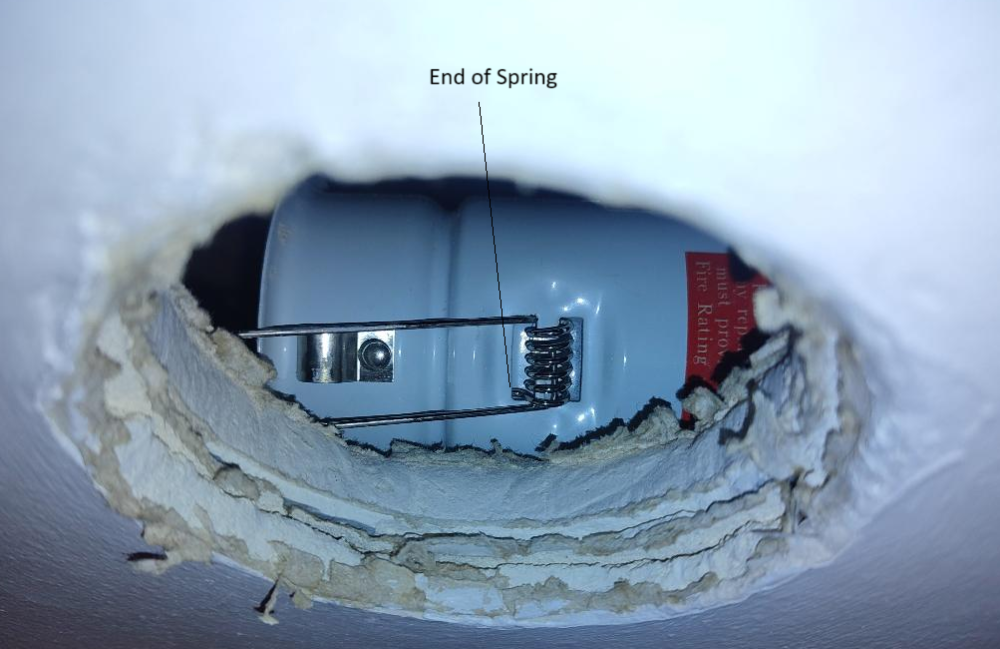
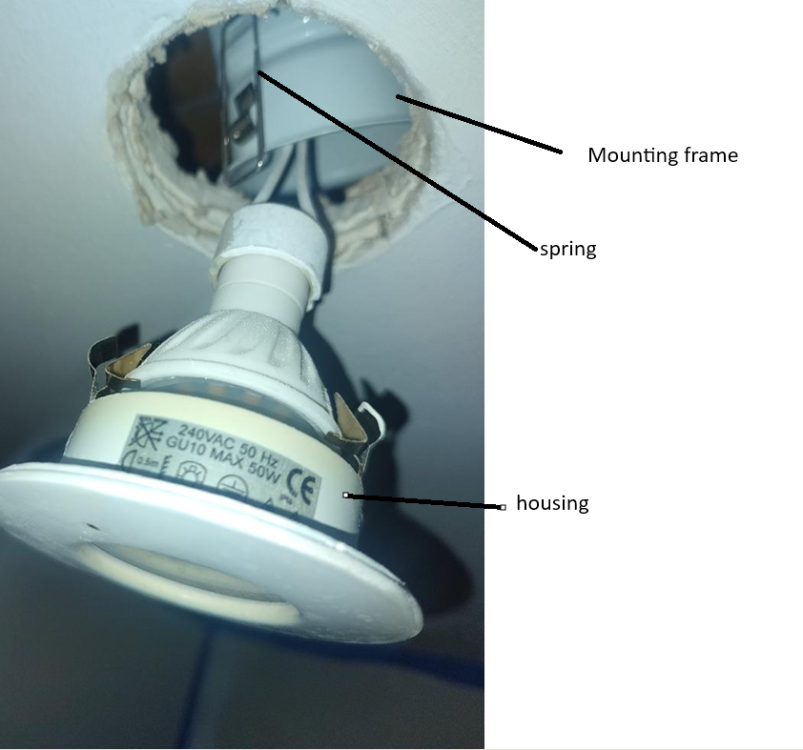
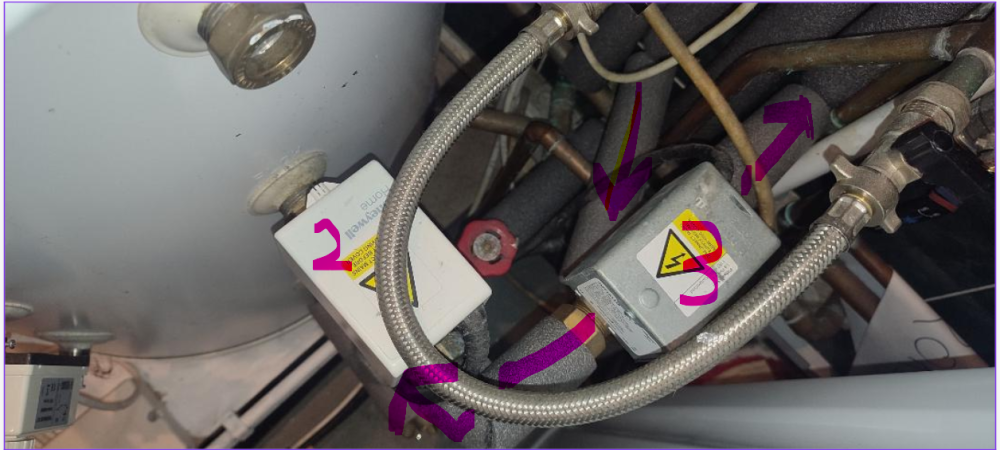
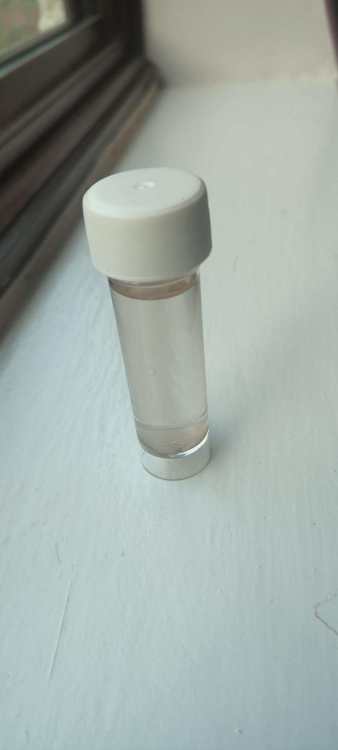
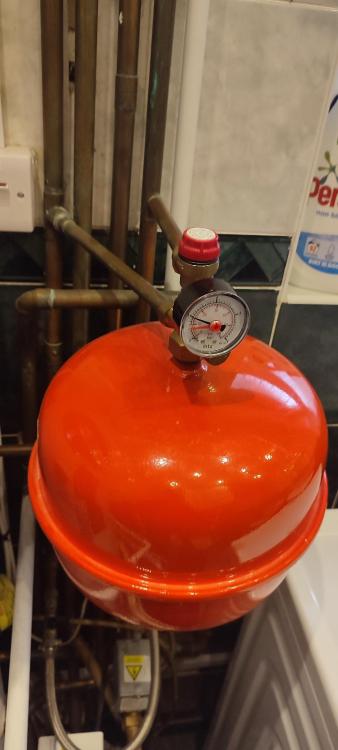
.thumb.jpg.7d23b1bcbdba09e740a164d51dcee08c.jpg)
.thumb.jpg.498098291fc268e58decbc9a230e048d.jpg)